You definitely have heard of asthma, or may know someone who has it, but how much do you know about it? What would you do if your own child has asthma?
Asthma is the most common chronic respiratory illness among children. About more than 339 million people worldwide are affected by asthma, with the majority in children. The respiratory airways are inflamed and swollen in asthma causing it to be narrowed, leading to the classical symptoms of cough, wheeze and shortness of breath.
Asthma symptoms often disrupt sleep, appetite, exercise and many daily activities, and can result in school absenteeism and parents taking time off to care for the sick child. If the symptoms are acute and severe, it can be a frightening experience for both parents and child, and often involves a visit to the emergency room or hospitalisation.
It is important to recognise asthma symptoms and provide proper and correct treatment. Quick-relief asthma medications, like inhaled bronchodilators, are used to treat the acute symptoms of cough and wheeze. However, the cornerstone of asthma treatment is using long-term preventer medications, such as inhaled corticosteroids, to prevent the symptoms.
The over-reliance on quick relief medications and non-compliance to preventer medication are associated with poor asthma control and permanent airway narrowing. This is known as airway remodelling, and is due to prolonged airway inflammation; which can then result in long-term loss of lung function. Proper treatment with preventer medication will improve quality of life, prevent asthma symptoms and avoid life-threatening acute asthma attacks.
Guide to asthma management
Proper management of asthma is crucial to achieve good asthma control, improve quality of life and prevent life-threatening asthma and death. Work with and follow your child’s doctor’s advice, and adopt these important measures.
Have an asthma action plan. Work with the doctor to prepare a detailed plan for managing your child’s asthma. It should provide clear directions on when to take which medicines, how to identify and avoid triggers, how to recognise and manage asthma attacks, and when to go to the emergency room. Share the plan with your child’s caretakers and school staff.
Identify & avoid triggers. A number of outdoor allergens and irritants can trigger asthma attacks, e.g. pet dander, ambient pollution (i.e. haze), mould, respiratory viral infections, tobacco smoke, etc. Have your child tested for allergies. Identifying the allergen can guide you to avoid these triggers for him. Keep your home free from pets, mould, dust and cigarette smoke, and do regular cleaning.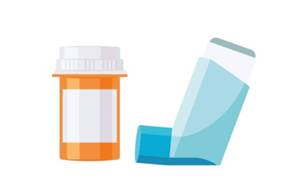
Take medicines as prescribed. Your child’s compliance with the treatment is vital for asthma control. Follow the doctor’s instructions on which medicines he needs and how to take them. Make sure to differentiate between preventer medicines for long-term use and quick-relief medicines for asthma attacks. If he relies too much on a quick-relief inhaler, his condition is not under control and his treatment plan may need to be adjusted.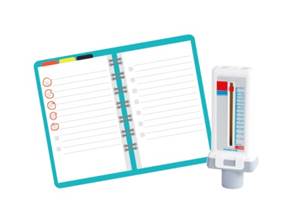
Monitor & track. Keep an asthma diary to track his symptoms to recognise his early warning signs and observe how well the treatment is working. Use a peak flow meter to measure his airway narrowing. If the reading is lower than normal, it means the airways are getting narrow, and he is at risk of an acute asthma attack.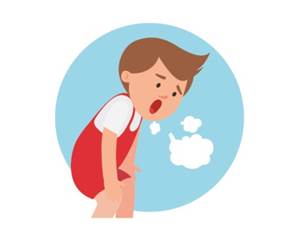
Know the symptoms. Early warning symptoms may manifest hours or even a day before an asthma attack. Your child may look, act or breathe differently, or complain of feeling uncomfortable. Take note of these signs and promptly administer the appropriate medicine to avoid a severe asthma attack. Get medical attention if the condition does not improve.
Get vaccinated. It is recommended that children with asthma get flu and pneumococcal vaccines to prevent respiratory infections, which can trigger asthma attacks.
Asthma emergency. It is important to recognise symptoms and signs of a severe and potentially life-threatening asthma attack. Call your child’s doctor or go to the emergency room immediately if he shows any of these symptoms and signs:
- Constant wheezing and breathlessness, despite repeated use of quick-relief medicines.
- Persistent cough that does not respond to quick-relief medicines.
- Bluish or grey lips and fingernails.
- Retraction or tightening of the rib, chest and neck muscles during inhalation.
- Has trouble talking and can’t speak in full sentences.
- Drowsiness and looking tired.
Recognition of asthma in children and starting the proper medication will lead to good asthma control, thus allowing the child with asthma to lead a normal active life. The long-term prognosis of asthma is good with the majority growing into fit young adults.
An educational contribution by Malaysian Paediatric Association.
Related: Managing Childhood Asthma



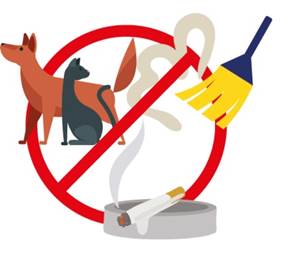
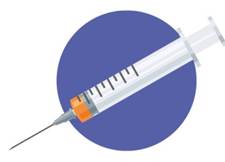





Comments